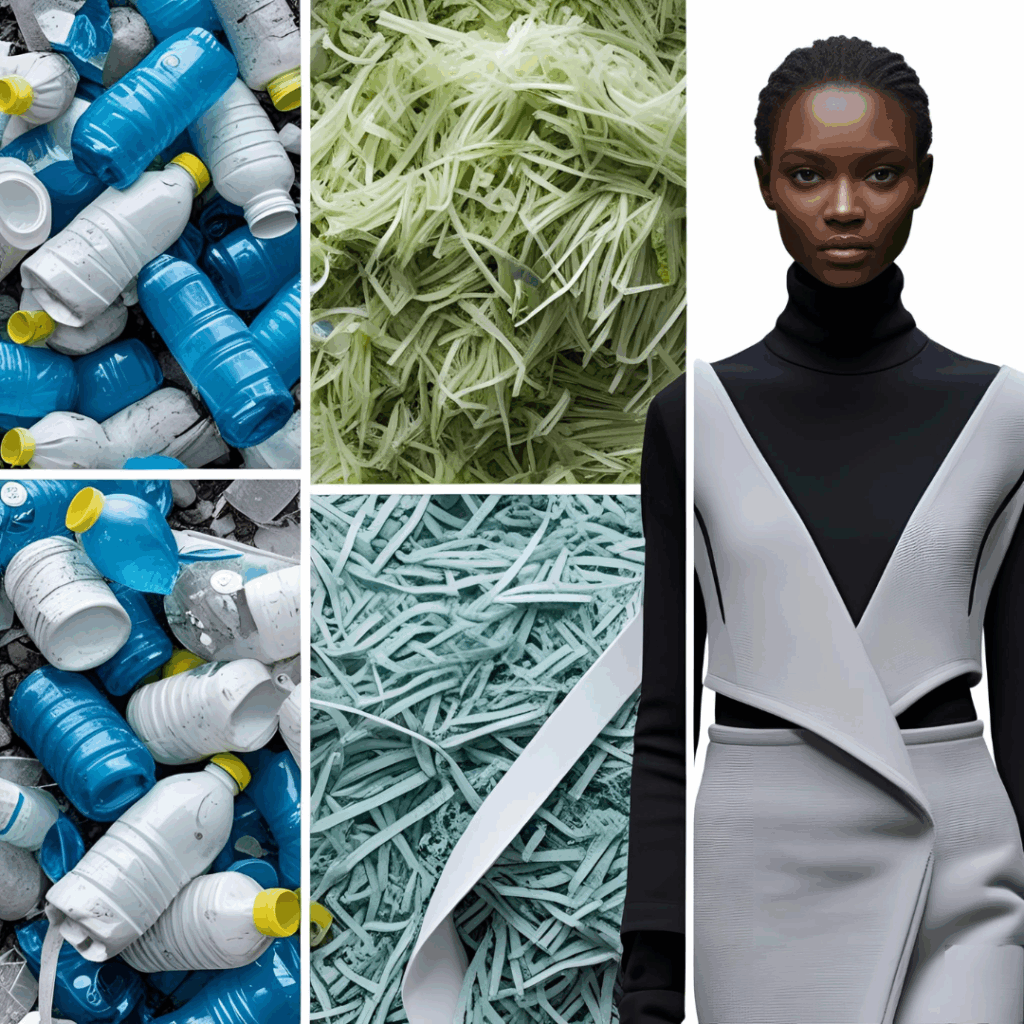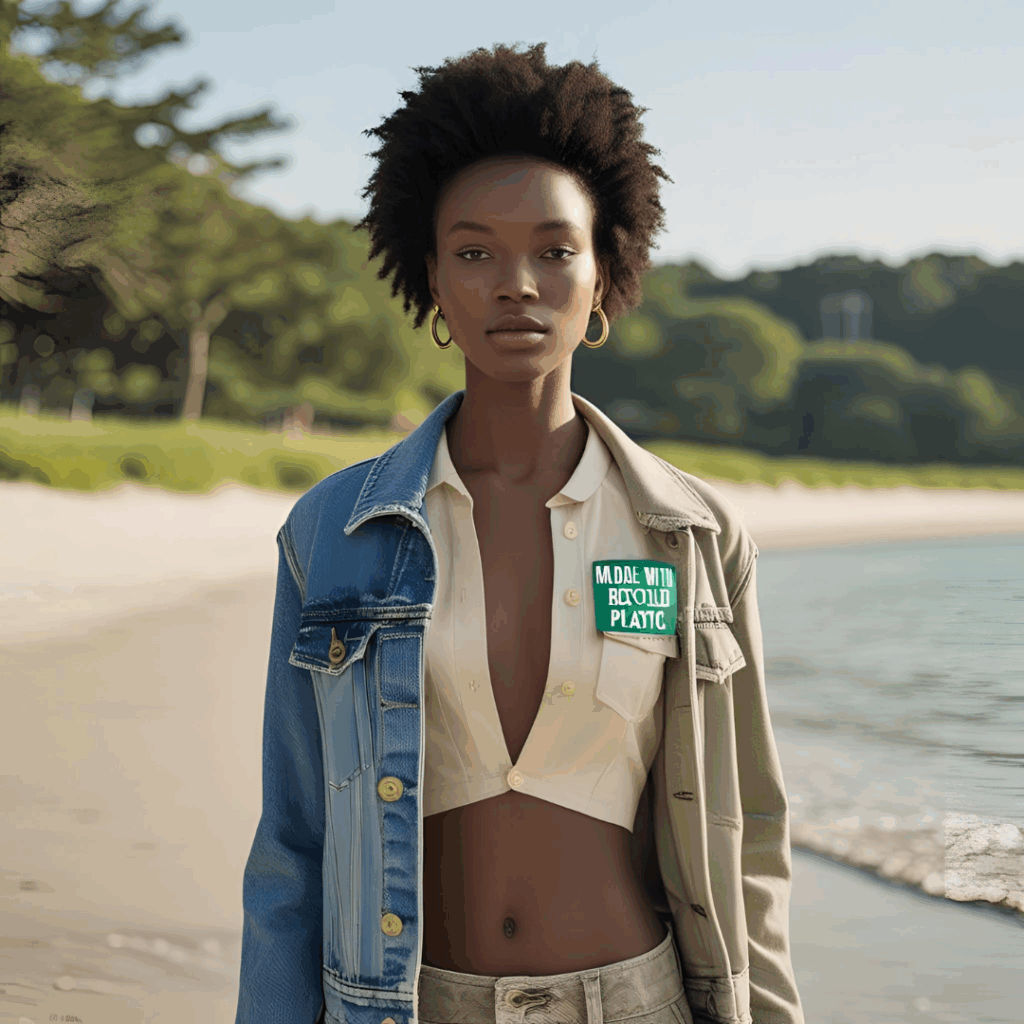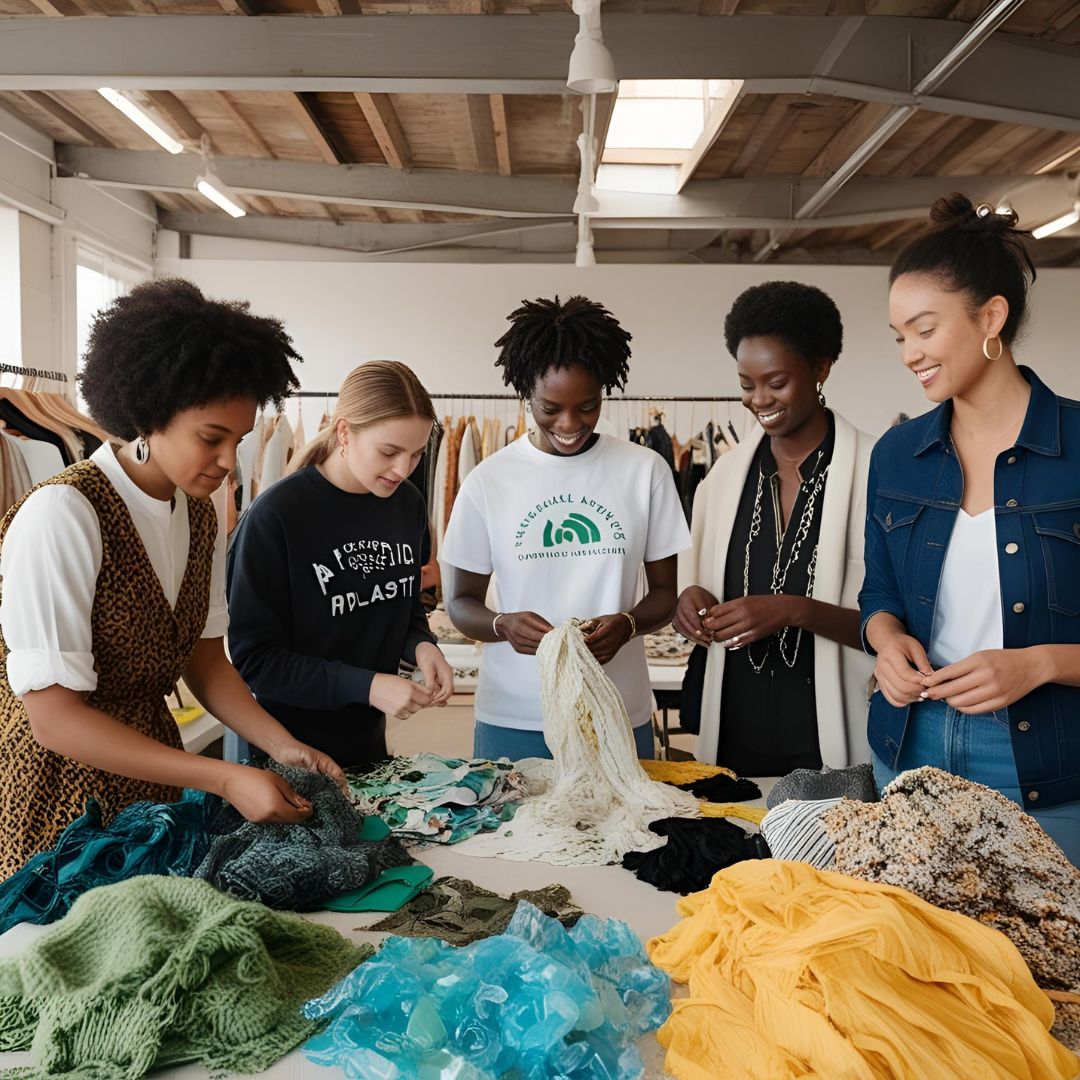The fashion industry is under increasing pressure to become more sustainable—and for good reason. Its environmental impact is significant. But amid the challenges, brilliant solutions are emerging. One of the most innovative is the use of recycled plastics, like PET bottles, to create high-quality fabrics.
These materials aren’t just eco-friendly alternatives to traditional fibers—they’re transforming how brands and consumers think about fashion. Let’s explore how a simple piece of plastic waste can become your next favorite garment and help clean up the planet.
The Magic Transformation: From PET Bottle to Fabric
It may sound like science fiction, but the process is real—and fascinating. Recycled plastic fabrics are born from waste that would otherwise end up in landfills, such as PET bottles, plastic bags, and other discarded materials.
Here’s how it typically works:
- Collection and Cleaning: The plastic is gathered, sorted, and thoroughly cleaned.
- Shredding: It’s then shredded into small flakes.
- Melting and Extrusion: These flakes are melted and spun into thin, durable fibers, similar to polyester threads.
- Weaving: Finally, the fibers are woven into versatile fabrics used in clothing, bags, footwear, and accessories.
The result is a durable, lightweight, and surprisingly soft material, proving that technology can be a powerful ally of sustainability.


More Than Fashion: A Positive Impact on the Planet
Using recycled plastic in fashion goes far beyond style. It’s a choice with major environmental benefits:
- Waste Reduction: The most obvious benefit is giving plastic waste a second life—diverting it from landfills and oceans, where it could linger for centuries. Every item made with recycled plastic is one less piece of trash in the world.
- Conservation of Natural Resources: Producing virgin fibers like cotton requires vast amounts of water and pesticides. Creating fabric from recycled plastic uses significantly less water and energy and doesn’t rely on new fossil fuel resources.
- Lower Carbon Emissions: Recycling plastic usually generates fewer greenhouse gases compared to producing virgin polyester.
Brands adopting this practice aren’t just selling clothing—they’re offering conscious consumers a way to be part of the solution.
Smart and Strong: The Superpowers of Recycled Fabric
Sustainability doesn’t mean sacrificing quality. In fact, recycled plastic fabrics are known for their functionality and performance.
They can be engineered to be resilient, lightweight, waterproof, and easy to care for, making them perfect for a wide range of uses. Outdoor and sportswear brands, for example, have embraced these materials in jackets, pants, and backpacks, taking full advantage of their durability and water resistance.
Another major bonus is their long lifespan. Longer-lasting clothing helps combat the throwaway culture and saves consumers money in the long run.

Leading the Change: Brands Making a Difference
Globally, giants like Patagonia and Adidas have been pioneers—heavily investing in research and using recycled PET fabrics in their most iconic collections.
In Brazil, the trend is gaining ground too. Innovative brands are proving that it’s possible to create amazing products from reclaimed materials. By embracing recycled plastics, these companies not only help reduce waste, but also educate consumers about the importance of sustainable choices.
Next Steps and the Consumer’s Role
Despite its promise, the use of recycled plastics in fashion still faces some hurdles, such as high processing costs and the need to ensure material quality.
However, with advancing technology and growing demand for green solutions, the future is bright. Collaboration between brands, consumers, and environmental organizations is key to making sustainable fashion the norm—not the exception.
As a consumer, you play a crucial role:
- Read the labels: Look for terms like “recycled polyester” or “recycled PET.”
- Ask questions: Inquire about brands’ sustainability practices.
- Support innovation: Choose companies that show real environmental commitment.
The journey to cleaner fashion is already underway—woven thread by thread with innovation and awareness. Every purchase is a vote for the kind of world we want to build.







